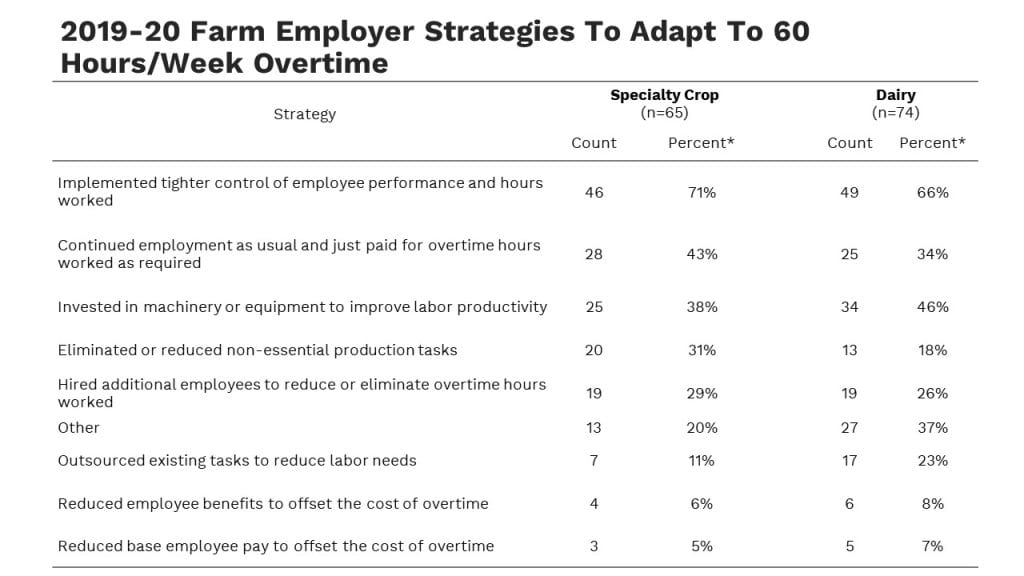The Cornell Ag Workforce Development team collaborated with the Ag Workforce Development Council, NEDPA, NYCAMH, agribusiness, and CCE to carry out a project to help dairy farms develop better new employee onboarding programs for their farms. The project was funded in part by NY Farm Viability Institute. We were able to work with 36 farms across the state to improve onboarding practices, in spite of challenges from the COVID-19 pandemic. We collected complete data about project results from 17 farms and were able to evaluate the effects of our onboarding development project. The results of our findings were recently published in the Journal of Dairy Science for sharing throughout the U.S. and globally. Thanks so much to our participating farms!
Our full research article is available here: Onboarding dairy farm employees: Improving the new employee experience. For convenience, I’ve copied the article abstract below:
The first days and weeks on the job set the course for a new dairy farm employee. This project involved an educational intervention to increase the use of new employee onboarding practices in dairy farms and analyzed the resulting effects on (1) levels of onboarding practice use, (2) manager perceptions of employee performance, (3) manager satisfaction with the onboarding program, (4) manager concerns about compliance with state and federal employment regulations, and (5) employee turnover. Onboarding advisors (educators and consultants) provided templates, examples, and intensive facilitation directly with farm managers to learn and adopt onboarding practices. A total of 36 dairy farms participated in the onboarding project, and 17 provided a complete set of data from before and after the intervention and were included in this analysis. Dairy managers’ self-reported data indicated statistically significant increases, measured on a 4-point scale, in their levels of onboarding practice use after the intervention for compliance (increase from 2.47 to 3.24) and clarity (increase from 2.53 to 3.24). Of 23 recommended onboarding practices, dairy managers reported tripling their adoption of mission statements, first-day safety training, and sharing job descriptions, whereas adoption of 5 other practices more than doubled. Managers’ satisfaction with their onboarding program significantly increased, going from a mean of 2.65 before the intervention to 5.06 afterward on a 7-point scale. Dairy farm managers reported they were more concerned about their compliance with federal and state employment regulations after participating in the onboarding project, possibly due to increased awareness and rapidly changing regulations. Finally, of the 11 farms that reported complete employee turnover information, an encouraging decline in turnover was observed from before (44%) to after the intervention (28%), but the result was not statistically significant. Our findings demonstrate that, according to self-report, an educational intervention providing templates, resources, and access to professionals with human resource management (HRM) skills was effective in helping farms improve onboarding and increase adoption of specific HRM practices.
We’re planning to refresh and update the onboarding project and enroll some new New York farms during the summer of 2025. Please reach out to us if you are interested in participating, it can be farms of any type who are interested in improving your new employee onboarding program.
By Richard Stup, Cornell University. Permission granted to repost, quote, and reprint with author attribution.
The post Onboarding dairy farm employees: New research published! appeared in The Ag Workforce Journal.




